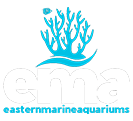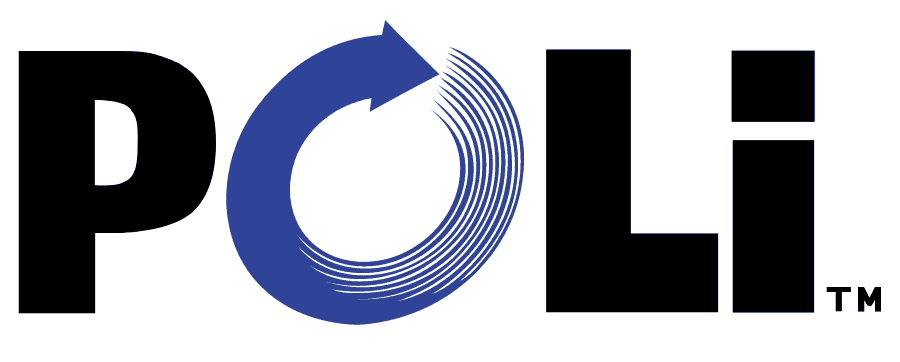Give your aquatic friends a great party of active eating! Explore live feeding tanks of fish, from juicy brine shrimp to healthy Daphnia, and discover the secrets to a colourful and vital diet.
What Is Live Fish Food?
Live fish for a fish tank are twirl-spinning, swimming, and squirming fun! It is a nutritious source of nutrients for small crustaceans, insects, worms, and microorganisms that stimulate the natural appetites of aquatic life, feeding their intuition. Aquarium fish feeding rings can help keep this sticky food intact, making it easier for them to eat.
Live Feed Options For Saltwater Tank
Unprocessed food options can make a big difference when maintaining a vibrant, healthy saltwater habitat. Here are some of the top live food options to grow a sea tank:
Brine Shrimp
They are micronutrient-dense and good for encouraging natural hunting behaviour. Their high protein content makes them ideal for a variety of seafood, from clownfish to tang. For added benefits, consider fortifying salt shrimp with vitamins and fats before eating.
Mysis Shrimp
Mysis prawns are nutritious and rich in protein, minerals, and vitamins. This makes them ideal for larger fish, corals, and invertebrates, supporting healthy development and growth. Packed with essential fats and proteins, these tiny crustaceans help sea urchins grow vigorously and colourfully. Mysis shrimp are an especially beneficial food source for seahorses and sentient species like pipefish.
Copepods
Copepods are microcrustaceans that provide high levels of omega-3 fatty acids and antioxidants. Because of their size, they are useful for small fish and juvenile fish. Copepods abound in the ocean and support nutrition and immune function, making them a great addition to various diets.
Blackworms
Black worms are a good choice for a more substantial fresh feed. Their natural, wiggling motion actively engages fish and fosters reflexive hunting.
Live algae
Although not a living organic food source, algae can be an important part of a salt tank diet, especially for herbivorous fish. Algae not only provide important nutrients but also contribute to the natural balance of the habitat. Alternatives such as macroalgae can be a useful supplement to a rounded diet.
Rotifers
Rotifers are small, nutrient-rich pieces ideal for filter-feeding small fish, worms, and invertebrates. They are best for marine aquatic species that require small, frequent feedings.
Phytoplankton
Regular doses of phytoplankton improve coral health, colour, and growth. They are a great way to increase marine biodiversity and encourage robust zooplankton diversity.
Remember to mix and match feed choices, prevent and manage active nutrients, and research the specific nutritional needs of fish and invertebrates.
Live Feed Options For Freshwater Tank
Improve your freshwater fish ring by adding fresh foods that not only meet their nutritional needs but also improve their natural behaviour. Here’s a deep dive into some of the top natural food choices for freshwater habitats:
Bloodworms
They are rich in iron and protein and good for pets that need more energy, such as discus and angelfish. The larvae of midge flies are the ultimate choices for shellfish farming.
Daphnia
Daphnia are often referred to as aquatic mosquitoes. These little crustaceans are full of vitamins and minerals that support the immune and digestive health of the fish. The irregular swimming patterns of Daphnia mimic natural predators and minimise inactivity caused by species like tetras and guppies.
Tubifex Worms
They are a rich source of nutrients, especially protein and essential fatty acids. Ideal for live fish such as loaches and catfish, these worms close the soil surface and encourage natural feeding. Their high cholesterol content is good for pre-spawned fish and for developing the bright colours seen in cichlids.
Infusoria
It is exceptionally useful for newly hatched fry. These little creatures are the perfect size for small fish, ensuring they get the nutrients they need during their more vulnerable times.
Grindal Worms
They are small, soft-bodied worms that are easy to shell and provide a well-balanced diet high in protein and fat. These worms are attracted to medium sized fish and are perfect for promoting natural food consumption.
Why Choose Live Food for Your Fish?
Imagine a food that not only feeds fish but also keeps them happy, turning mealtime into an engaging hunt. Organic aquatic feed closely mimics natural predation, making feeding an active experience. Paired with an aquarium fish food dispenser, it provides essential nutrients in their purest form, promoting robust health and shining colours. By choosing raw feed, you enhance their diet and stimulate their instincts, creating a more enriching aquatic environment. Here are more benefits of adding live feed to fish tanks.
You can Grow Your Own Food.
Many pet owners prefer to raise their livestock, and there are many ways to do that. Daphnia, for example, is easy to cultivate in an aquarium and provides fish with a fresh, healthy meal. In addition, maintaining a diet like this can encourage natural hunting behaviour in your fish, improving their overall health and making the fishing experience more enjoyable.
Nutrient-Rich Diets
Synthetic food loses most of its nutrients during processing before reaching fish. In contrast, raw food provides your pet with fresh and active food nutrition. The nutritional issue with processed food is the lack of vitamins. Vitamins are important for fish health, especially immunity, disease resistance, and overall well-being.
Protein is one of the most essential elements for any organism and is generally lacking in processed food. Fish need protein primarily for growth; unless you give them enough, they will won’t reach their full potential.
Increased Eating Response
Fish are naturally attracted to unprocessed food by its movement, texture, and smell, which triggers their natural feeding behaviour. Active eating keeps them happy and encourages them to eat in a hurry. This increased excitement at feeding time not only allows the fish to eat more but also enhances their overall feeding experience, making it more enjoyable.
Better Digestive Health
Compared to processed foods, they are generally easier to digest. The natural properties and high water content help improve digestion and reduce the chances of gastrointestinal problems. By providing active feeding, you support a healthy gut environment, which can enhance nutrient uptake.
Freeze For Later Use
A wide variety of active foods are frozen, so if you ever have an excess, there is no need to waste it. You can also buy frozen living pet foods from stores. Brine shrimp is high in nutrients, cools well, and is a perfect source of macronutrients for fish.
Better Tank Health and Cleaner Water
Processed food contamination is also observed in the aquatic habitat and pollutes the water therefore yielding bad effects on the ecosystem. These residues not only impact the water but also upset the balance of the environment. The organic food does not decompose in the same way and contributes to the water’s purity. Such live feed leads to better water quality, as well as increased natural feed and decreased amount of weeds.
How Do You Feed Live Fish In An Aquarium?
Feeding live aquarium fish? Here’s the scoop!
Target food: With the help of a pipette or feeding tube, bring more food inside the enclosure directly.
Broadcast feeding: Feed drops into the column of water for a more natural impression.
Give adequate nutrition: Curious how much fish food to feed in one sitting? Feed your fish only an amount of food that will be consumed within five to ten minutes.
Variety is key: The combinations of foods offered below will provide a balanced meal.
Monitor and adjust: Close observation of the fish reactions is likely to help control feeding rates.
Limitations of Live Food for Aquarium Fish
While such foods are ideal for tank fish, there are a few downsides. One of the main disadvantages is the higher cost compared to processed flakes and pellets. As a result, many aquarium enthusiasts prefer to farm their own organic food instead of spending money regularly at the store. Another potential problem with active fish is the risk of disease transmission. If fish feeders are not handled properly, they can pass pests or harmful organisms or pathogens directly into your fish. In addition, such foods may not last as long as commercial foods. Commercial foods and vegetables can be stored for months, but fresh organic foods typically only last a few days or weeks












